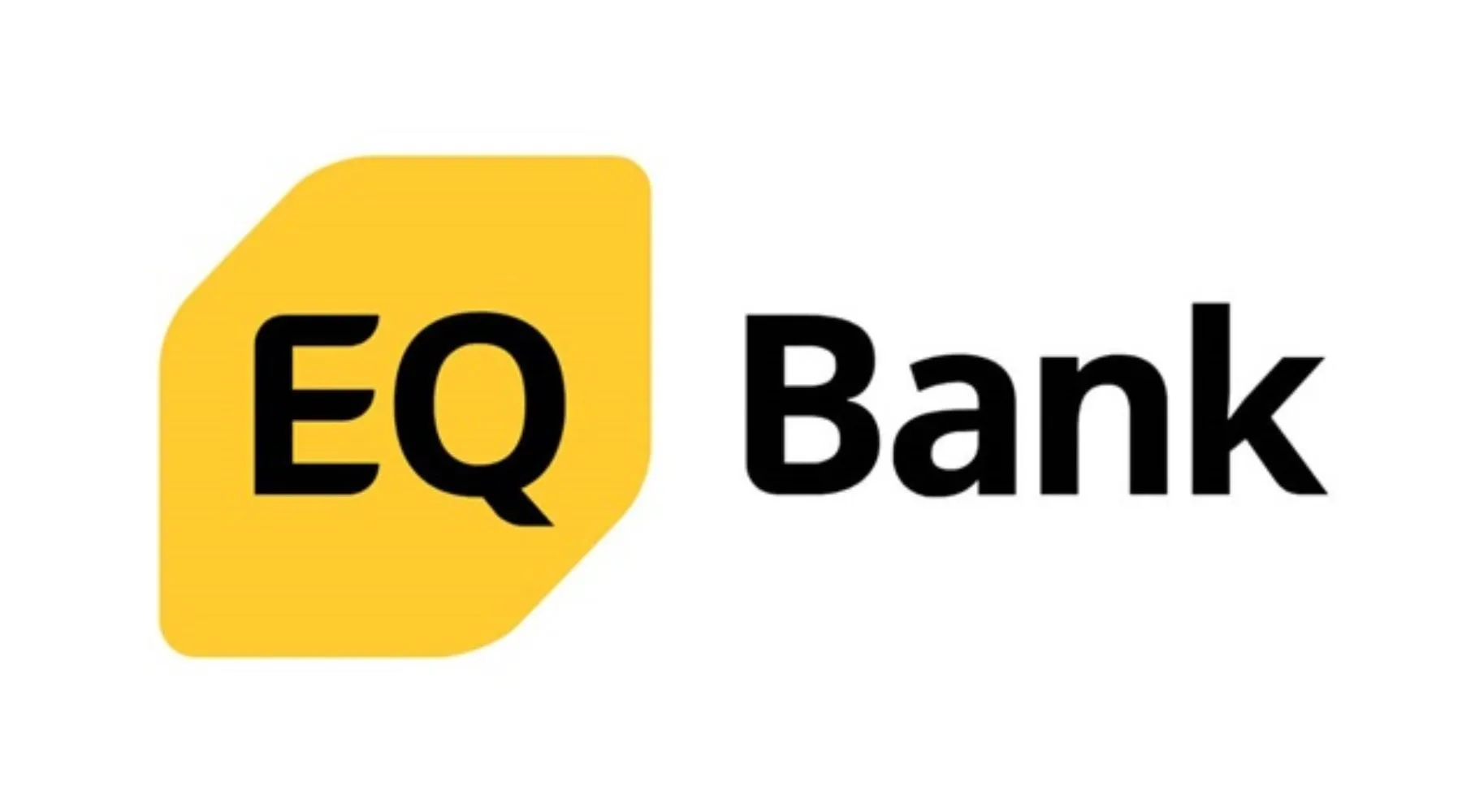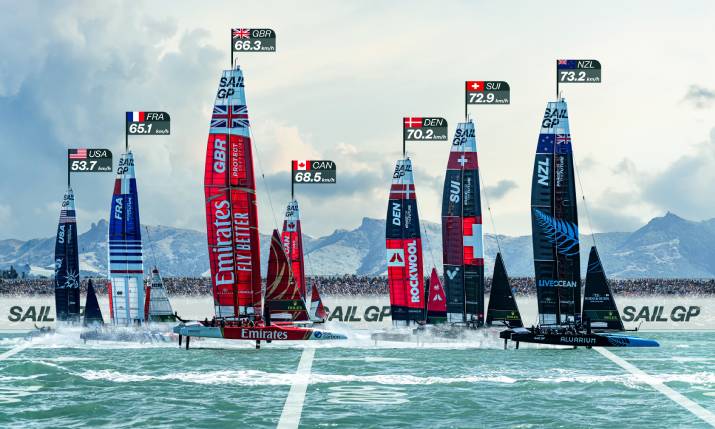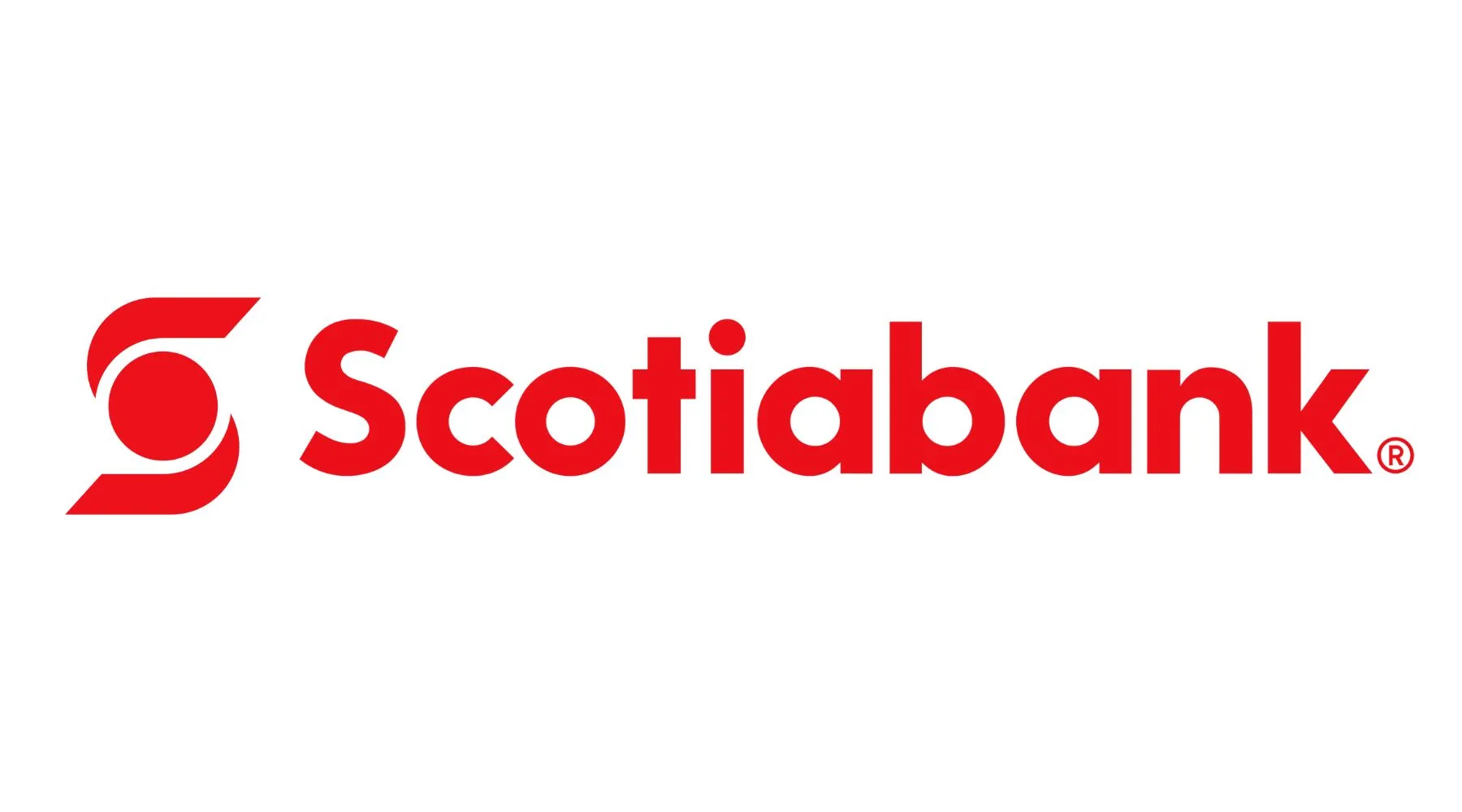When E.W. Scripps Co. launched its Scripps Sports division last December, the broadcasting giant said it was seeking partnerships with sports leagues and teams that were “currently limited by aging distribution deals.” Although much of the focus has been on how Scripps Sports could change the game for struggling regional sports networks, the division made its first big splash on the national side of the business, inking a multiyear deal with the WNBA to televise games on Friday nights on ION.
With its first big deal on the books, Scripps Sports is on the lookout for more local and national rights that could benefit from distribution on its widely available Ion network and its 61 over-the-air stations.
SVG sat down with Scripps Sports President Brian Lawlor, who had led the Local Media division since 2009, to discuss the company’s local- and national-sports roadmap, details on the WNBA deal, how leagues and teams have reacted, and how he sees the industry evolving.
Scripps Sports’ Brian Lawlor “Our goal is to start with the professional teams, get some big deals done, lay in that foundation, and see what makes sense after that.”
Let’s start with the big WNBA news. Who will be responsible for producing the WNBA Friday Night Spotlight broadcasts? And will Scripps be creating a custom graphics package for WNBA games on ION?The WNBA is handling production of the broadcasts. With only five weeks until our first games, we will launch with the existing WNBA production look. We expect that will evolve to our own look during the term of the agreement. The on-air brand will be ION.
How does this deal reflect Scripps’s commitment to growing its sports portfolio, and what does it portend for the future?When we launched Scripps Sports in December, that reflected our commitment to what we think is a solution for teams and leagues that are reaching only a fraction of their fanbases. We see Scripps Sports as a solution whether with ION for national reach or our local markets for teams needing to connect and engage with more of their supporters. We certainly expect that the WNBA is just the first partner we will work with.
Can you provide an overview of Scripps Sports’ ambitions and game plan in terms of national and local sports?We have two different functions at Scripps. First, we have 61 TV stations serving more than 40 markets. On the other side of our company, we own eight national networks, the largest of which is ION. We have a strategy for both.
We acquired ION during the pandemic, and it is now the fifth-highest-rated TV network in America, behind ABC, CBS, NBC, and Fox. It’s fully distributed to cable and satellite, but it’s also fully distributed over the air just like any other [broadcast network]. We have a product that is fully distributed throughout the country, and we see a good opportunity to use this platform to distribute league-wide sports.
The other half of our sports strategy is [focused on] our 61 television stations. In some markets, we may have more than one television station: such as in Detroit, where we have WXYZ, our ABC affiliate, and WMYD, an independent full-power over-the-air station. It has local news, some local sports, and some syndicated programming, but it is totally unencumbered. We believe stations [like WMYD] are a viable option for any teams that are having an RSN problem right now, [such as] the Red Wings or the Pistons with Bally Sports Detroit.
With the WNBA set to debut on ION next month, what does the business model look like for Scripps’s national sports broadcasts?In terms of programming and ads, ION is similar to a cable network like TBS or TNT, but the reality is that ION is a configuration of local towers and local licenses in every market. Just like an NBC or an ABC [with] an affiliate in every market, ION has affiliates in every market, but we own almost all of them. We see an opportunity to localize [league-wide broadcasts] very much like what the NFL does on Sunday afternoons with CBS or Fox: they have a national game, but they also have games that are localized for specific markets. We have the opportunity to do the same thing and then cumulate the rating to get this larger audience that combines the national game and local games.
And what about the business model on the local side for live sports content?Due to all the cable and satellite cord-cutting, things have changed dramatically in the RSN business. When the RSNs cut those [rights] deals originally, they might have reached 80% of all the households in [for example] Detroit, but today it is likely to be half that. They’re missing more households than they’re actually reaching. Well, if you [agree to] deal with us and we put your games on our station, every single game is fully distributed on cable, satellite, over the air, virtual MVPDs, OTT, FAST channels, and so on.
Even if you take the RSNs’ financial problems off the table, the RSN business model was already broken for these teams because, in almost every one of these markets, the teams are often not even reaching half of their available households. That’s a terrible business model for the teams because a huge portion of their fanbase can’t see a single game all season. That depletes ticketing, merchandise, sports betting, and all other revenue streams because no fandom is being created since nobody can see their games. That is where local broadcasters can make a difference.
What have your conversations with leagues and teams been like thus far, and how has the market reacted to the launch of Scripps Sports?Every [league and team] we’ve talked to says the same thing: “We’ve got a reach problem, and we need help.” I think they are absolutely looking at broadcasters like us as a distribution solution.
When you look at the math, that’s where the conversation gets really interesting. The RSNs paid many of these teams a lot of money [because], when these deals were cut, they were reaching 80% of the households and subscribers were paying around $5 a month. Multiply $5 by 80% of the population, and it’s a big number. It was arbitrage because they were just then turning around and cutting a check to the teams, and the middleman — the RSN — got to keep a little. Today, some of these deals are losing money because the subscriber fees they’re getting do not cover what they’re paying to the team.
We are saying to the teams, “We can solve your reach problem, but don’t expect us to strike that same size of check.” In our business, we don’t get paid per subscriber; we rely on advertising. There has to be a different structure to the deal.
In our conversations with teams and the leagues, we have said that, while you may be getting a smaller [rights] fee, you’re going to go from reaching 40% of your households to [reaching] 100%. You can make up the rest of the money through increased ticket sales, selling more merchandise, increased sports betting, and so on. We’re also happy to partner on a paid direct-to-consumer solution as part of the deal. There are lots of new ways to increase revenue that fill that gap and makes teams whole — or, we think, even better than whole. It’s just a reset of the economics.
Does Scripps plan to produce shoulder programming and original content around live games or potentially even convert stations into full-time sports networks?We don’t have any plans to turn any of our stations or ION into sports networks, but we’ll certainly look at where [shoulder programming] makes sense. In a perfect scenario, ION will look like TNT or TBS, with regular syndicated programming and then sports programming a couple nights a week. On our local stations, there will likely be some pre/postgame shows or coaches shows surrounding the games, but there is not going to be an appetite for full 24-hour sports in those markets. Those stations would continue to [carry] local news, national news, syndicated programming, entertainment programming, and that type of content.
What about rights beyond pro sports? Are you also looking at collegiate and niche sports as possible rights acquisitions?Yes, that is certainly of interest, and we already have one big conference deal: the Big Sky Conference, which we picked up about a year ago. We have a big footprint out west that aligns with the Big Sky Conference markets.
Ideally, our plan is to play aggressively in the professional-sports space, see what rights we can get and how they lay into our plans, and then figure out what else makes sense. That may be broad college-conference rights, or it may be market-specific. We’re also looking at niche sports, which have a reach problem and are looking for exposure. But our goal is to start with the professional teams, get some big deals done, lay in that foundation, and see what makes sense after that.
This interview has been edited for length and clarity.


